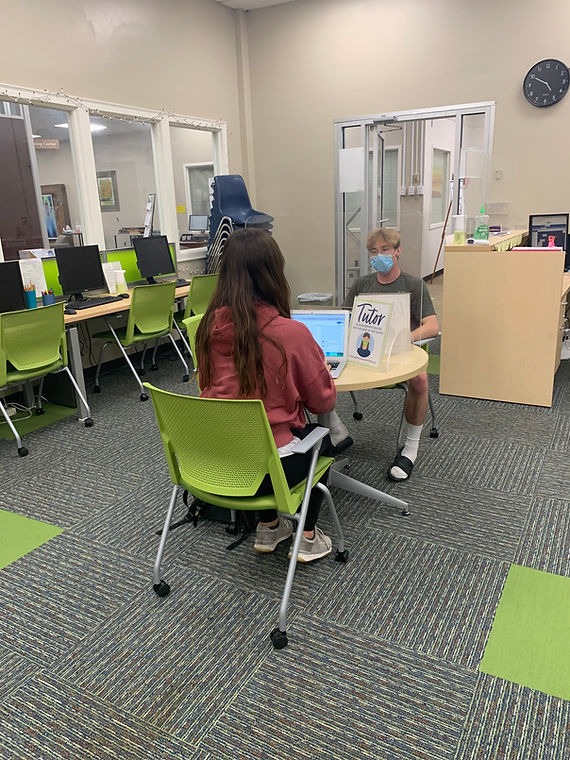How To Write A Personal Statement
by Annie Marks
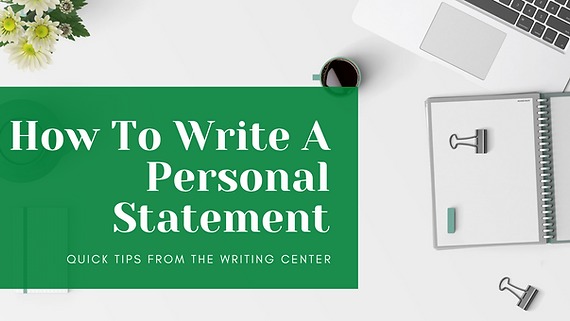
Hey Writing Center folks, it’s Annie! As we’re getting further along in the semester, applications for various job positions, graduate schools, summer programs, and internships are beginning to open. Students are starting to consider what they’ll do over the summer, the next path they’ll take after completing their undergraduate degree, and which of these applications they should apply to. As a senior planning to attend law school, I understand the challenge of both picking the next path in one’s life and completing the various aspects of these applications to help this path become reality. I wanted to offer some tips on how to craft personal statements, one of the most important parts of most applications, to help other students in situations similar to mine.
To begin, we should define what a personal statement is. A personal statement is essentially a concise story of who you are. This writing usually includes reasons why you’re applying to the position or program, relevant work experience, skills, achievements, your short-term and long-term goals, and relevant aspects of your life story. When the admissions counselor or employer reads your personal statement, they should gain a sense of who you are and what your story is. In other words, your personal statement operates as a narrative into your life, adding color and a story to your application. Although describing the basic make-up of a personal statement is pretty straightforward, writing a personal statement can be much more difficult. I created a list of four steps you can follow to complete this process with more efficiency.
1. Create a List of Your Defining Characteristics
Your first step to complete your personal statement should be to write down a list of defining qualities and aspects about yourself. You can approach this list in multiple ways. You could, for instance, create a list of your past work experience, past involvement in clubs, hobbies, interests, and future goals. You could also answer questions about your life story, such as:
-
What’s the hardest thing I’ve ever experienced?
-
What challenges have I faced in the past?
-
What are my biggest personal accomplishments?
-
What ideas and things am I passionate about?
-
What are some things not on my resume but I want people to know about me?
If you’re struggling to answer these questions, you can even ask your friends, families, and peers to create lists about what they believe makes you stand out as an individual. This list will allow you to see what makes you a strong candidate for the position or program you are applying for.

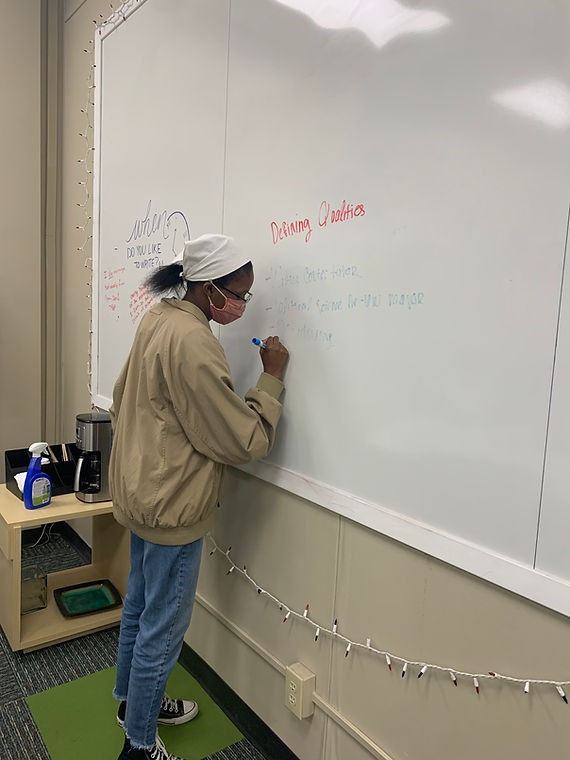
Make a list of your defining qualities!
2. Find a Structure and Theme
Once you have a list of defining qualities and aspects about yourself, you should consult the application requirements for the position or program you are applying for. This graduate program, job position, internship, etc. will most likely have laid out the qualifications they would like to see in their applicants and the aspects they want to be addressed in the application materials. When you identify these requirements, write them down in a short, concise list. You can then compare the list of requirements for this position to your list of defining qualities and aspects. This comparison will allow you to identify the aspects of your identity and experience that are most relevant to the position you are applying for. You can narrow down your list to include only 2 to 4 of the most relevant of these aspects and find a theme that ties these aspects together. With a theme identified, you can then create an essay outline that demonstrates how you will present the 2 to 4 relevant aspects of your identity in a way that tells your story and reflects your selected theme.
To better understand this step, consider the following example: A student applying to a graduate program believes that their experience going overseas on a mission trip, overcoming multiple injuries in a sport, and succeeding in school despite personal struggles are aspects that are relevant to a graduate program you want to join. After considering these three aspects of their identity, the student decides that the theme of perseverance through many trials ties these three aspects together. The student creates an outline where they decide to introduce the idea that they have demonstrated perseverance in the past and use three separate paragraphs to describe how their overseas experience, sports injuries, and success in school demonstrates this quality.

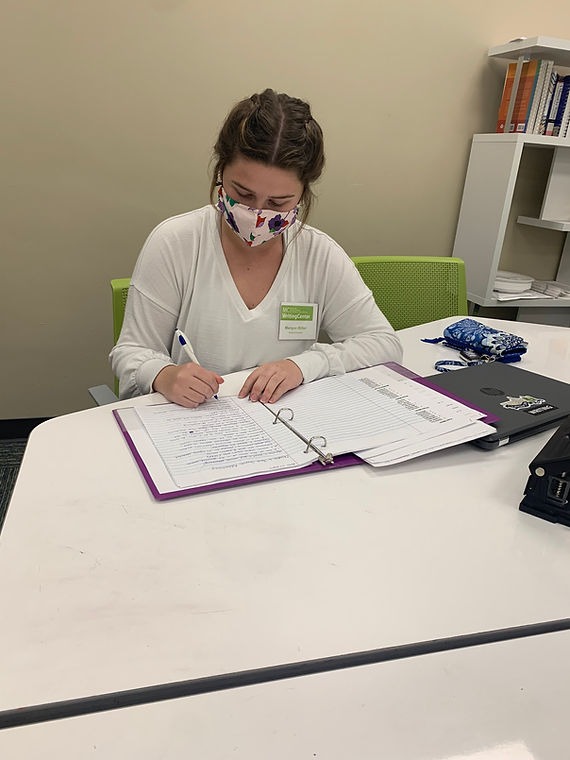
Find a structure and theme!
3. Use Your Outline to Write Your First Draft
After you have a clear idea of the theme and structure that you want to follow, you can begin to write your personal statement. Many people struggle to begin this initial writing because personal statements are often very important and impact the future of these individuals. To avoid the weight of submitting such an important document, people often want to procrastinate and hold off on completing the writing. You can avoid falling into this trap by allowing yourself to just write your first draft in a set amount of time.. Find an area where you can write without distractions, set up your workplace in this area, set a timer for one hour, and use your outline to write your first draft. As you write this first draft, you should try not to care about the word count, grammar, spelling, phrasing, or writing skills. You can even attempt to write this draft without hitting the “delete” key one time. Your focus should be on following the outline you made and getting your story down on paper. By choosing to just write, you will be able to overcome the hurdle of writing the first draft of your personal statement.

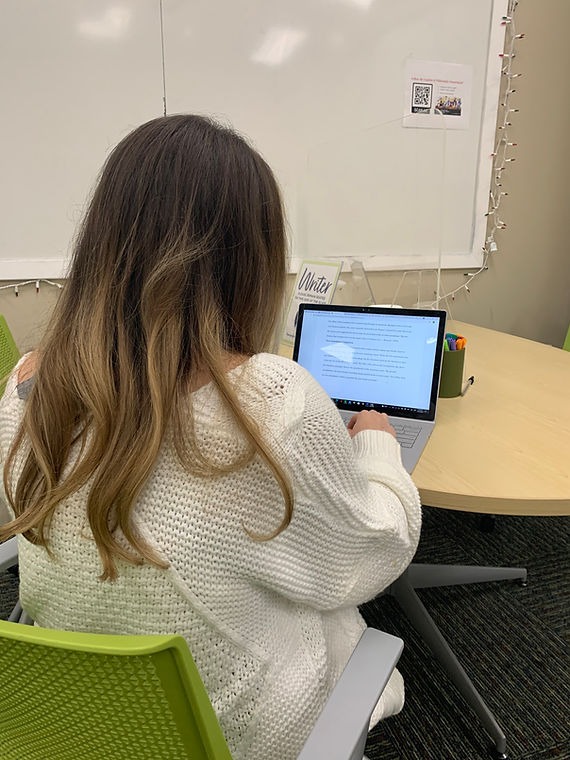
Use your outline to write your first draft!
4. Revise Your Personal Statement
Now that you have your story down on paper, you can revise your writing. This revision process is where your personal statement is really made. Your choices to add information, erase irrelevant sentences, clarify ideas, emphasize certain points, etc. shapes your personal statement into the piece of writing you are proud to submit. Due to the significance of the revision process, it is essential to spend a significant amount of time revising your writing. You can help yourself complete this revision process by acting as if you are the admissions counselor or employer who will read your final personal statement. This new perspective will allow you to view your personal statement from the perspective that the statement is intended to be read. You can see how your audience will read your story, get to know you, and form their perspective of you and, as such, you can adjust your writing to ensure the ideas the audience forms are the perception you want them to have. Some questions that may help you as you revise the writing in the eyes of your audience include:
-
Is there a story and/or central theme to the writing?
-
Does the introduction, especially the first sentence, make me want to read the rest of the writing?
-
Does the conclusion end with a statement or idea that will help me remember the applicant?
-
Does the writing help me understand why the applicant is applying and why the applicant would be a good choice?


Revise your personal statement!
Not only should you revise your own personal statement, but you should also have others look over your writing. The perspective of these other readers will help you shape your personal statement into a well-polished piece. Of course, the Writing Center tutors are always available to help you with this revision process. We can look at your final personal statement through the eyes of an admissions counselor or employer and offer feedback from this perspective. Even if you’re in the earlier stages of writing and aren’t ready for the tutors to revise a draft of your personal statement, you can still stop by the Writing Center. We can help you brainstorm the aspects of your identity you should focus on, structure your personal statement, or shape your writing into a clear, concise draft.

